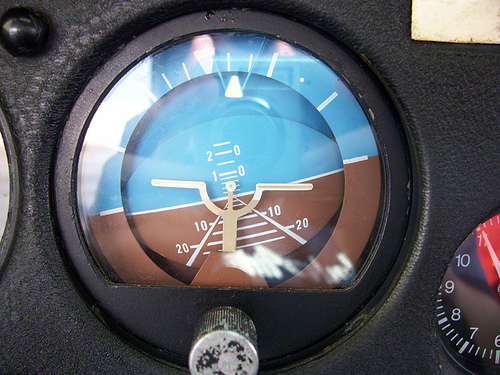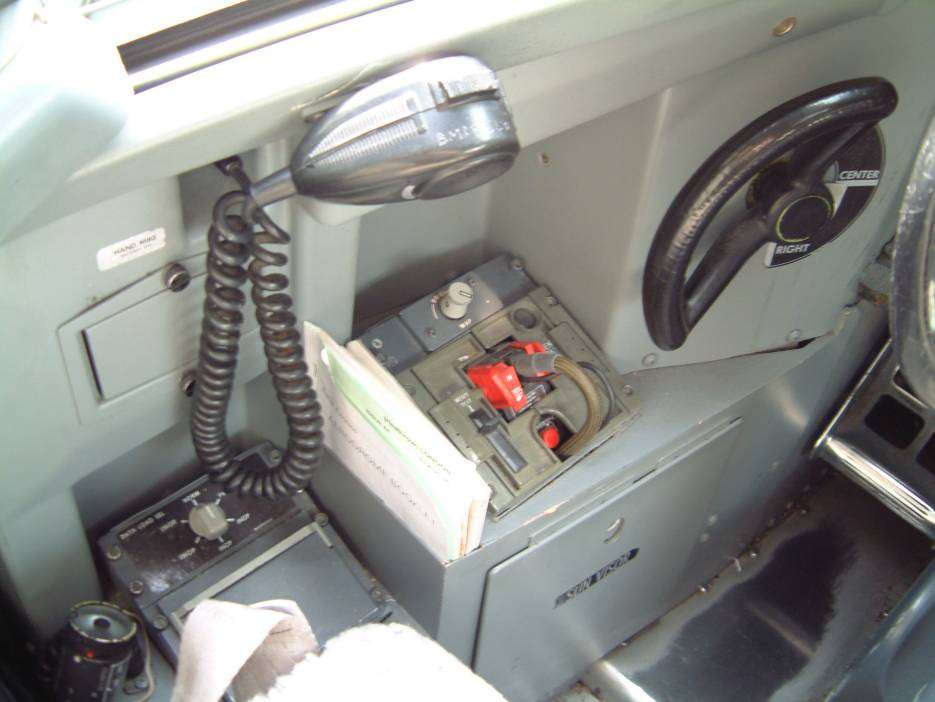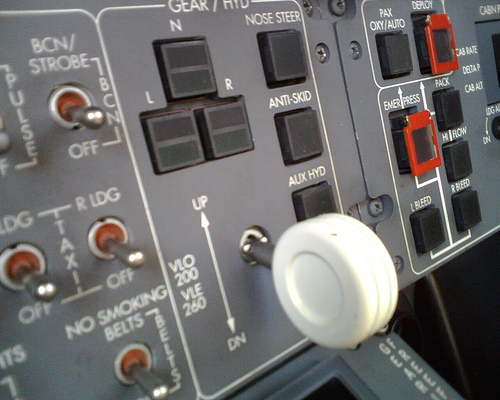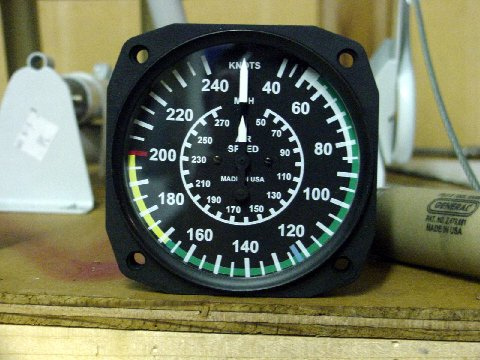How Companies Get Pitched for Product Placement in Music
Songs that refer to products and brands have been with us for years, from Simon and Garfunkel singing "Mama don't take my Kodachrome away" to Janis Joplin's plea for a new car in the song "Mercedes Benz" and beyond. Conscious of the branding value such mentions can bring, some artists have gone so far as to approach companies with offers to include brand and product names in their song lyrics.
A e-mail from Paul Kluger of the Kluger Agency, which performs such product placements, mistakenly sent to Jeff Crouse of the Anti-Advertising Agency and Double Happiness Jeans, provides a rare glimpse into the secretive market for song lyric product placement.
"I'm writing because we feel you may be a good company to participate in a brand integration campaign within the actual lyrics of one of the worlds most famous recording artists upcoming song/album," begins the opening e-mail in the eventual salvo between the two.
Yes, you read that right: things have gotten so weird in the music business that high-profile acts are inserting ads into their song lyrics. The next time you hear a brand mentioned in a song, it could be due to a paid product placement. And unlike magazines, songs are not required to point out which words are part of an advertisement.
In the e-mail, Kluger (who has represented Mariah Carey, New Kids on the Blog, Ne-Yo, Fall Out Boy, Method Man, Lady GaGa and Ludacris) explained via e-mail that for the right price, Double Happiness Jeans could find its way into the lyrics in an upcoming Pussycat Dolls song. Crouse posted the e-mail on his blog at the Anti-Advertising Agency, an art project of sorts that's basically the philosophical mirror image of a traditional ad agency.
The thing is, Double Happiness Jeans is not your everyday brand -- it's a virtual sweatshop organized by EyeBeam for a display at the Sundance Festival, which involves paying Second Life citizens 90 cents an hour to make real, customized jeans designed in the virtual factory. Crouse and Steve Lambert, his partner at the Anti-Advertising Agency, are probably the last people on earth who Kluger would want to receive this e-mail. Both men spend a fair amount of their time questioning, undermining and criticizing the pervasiveness of materialism and advertising in our culture.
"It was hilarious," Lambert told us via telephone, "that he wanted to put Jeff's fake Second Life sweatshop company in a pop song. It's this desperation that advertising has come to because you can't just tell people about your product anymore, because nobody cares. Advertisers have created this situation where they've made themselves obsolete. There's too much advertising out there, so they try to find new ways to cut through the clutter that they've created. And this is one of those ways."
Soon after Crouse posted Kluger's e-mail and his own response on the blog, a commenter wrote, "Either a spammer/con-artist is using the name of Adam Kluger PR or Adam Kluger PR are really bad at marketing themselves." Kluger asked Lambert and Crouse via e-mail and telephone a number of times to remove the post and comment. "Will you please remove the post on your blog? Now a new comment was made basically calling us 'morons,'" he wrote in one of the requests. "When I google the blog or my name, the tag line is 'spammer/con-artist' using the name Adam Kluger PR. Obviously, this is not good for business, and more importantly, I'm quite embarrassed."
Never mind that it was he who first approached them via unsolicited e-mail by using a scraper program that identified them as potential clients for his product placement service. Or that the words he objected to were in readers' comments, not in the original post. Kluger doesn't like the comments and wants them removed from the internet.
The Anti-Advertising Agency declined and has already drawn some attention to the practice of selling space in lyrics to advertisers through its blog. "Maybe Ludacris wants to rap about a luxury SUV, and is just looking for the right one," said Lambert. "We'll never know (everything about) how it works, because that takes the mystique out of it, and the mystique is one of the things that they can sell." But thanks to this e-mail, we at least have proof that the phenomenon is real.
For his part, Kluger claims that product placement can be done in such a way that artistic integrity is not affected. "We are just financially taking care of the people that should be taken care of," he told us via e-mail. "If an artist like Sheryl Crow has the same target audience as XZY brand, we feel it's nothing but a strong and strategic way to pinpoint a market.
"Now, we don't want an artist to write a song specifically to promote a brand, we just feel that if it's a product that's admired by the artist and fits his/her image, we now have the capability of leveling out the playing field and making things financially beneficial for all parties involved. 'Brand-Dropping' is the term that the Kluger Agency coined to describe discreetly advertising by product mentioning in song, and we feel we can make this the way of the future without jeopardizing any artists creative outlet or typical style."
Whether because the Anti-Advertising Agency exposed the practice of product placement in lyrics, because Kluger doesn't like being called a moron on the blogs comments section, or both, he says he's going to sue.
In an e-mail sent to Lambert, he wrote, "$5500 is what it's going to cost me to have an attorney stick you with a $150,000 judgment for the next 20 years. We've consulted with two different firms. This was written with the intent to hurt our business and we will win, period... We will go after Steve Lambert, AntiAdvertisingAgency.com, and Budget Gallery (where Lambert sells his art). Since you are intentionally damaging our California-based agency, you will have the opportunity to defend yourself in the state of California. If you think I'm bluffing, that's fine with me."
Lambert remains unconvinced. "I really don't think there's any way he can win," he told us."I have every right to have that there... Jeff's commentary doesn't say anything about this guy's company, it's just funny. And bloggers aren't responsible for people who write comments -- it would be like holding the New York Times accountable for every letter to the editor ever sent them."
Kluger's angry, litigious reaction to his offer being posted indicates that he knows he's doing something a bit shady. Bands like The Pussycat Dolls don't have much integrity to lose, but we were still sort of surprised to find that they sell elements of their songs to the highest bidder.
What's next, a song called "My Family And I Enjoy McDonalds-Brand Food Products"? A band called "Exxon/Mobil Greatly Benefits All Aspects of The Glorious Environment"?
I appreciate that artists need to embrace a variety of revenue opportunities to make it today, but selling song lyrics seems to go over the line -- assuming there's still such a thing as selling out.








































